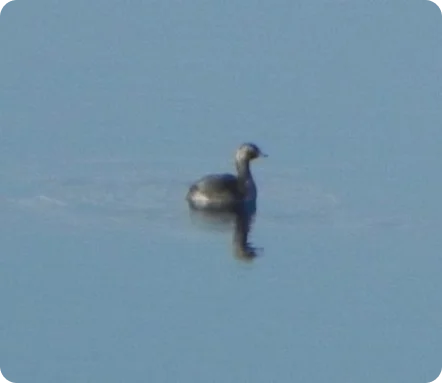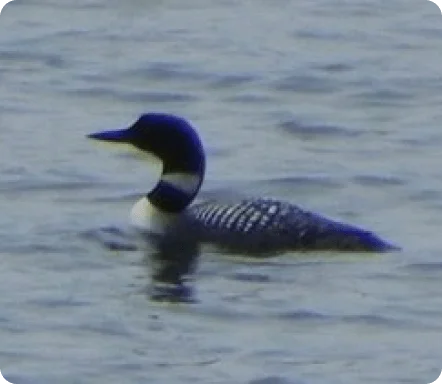Wild Turkeys
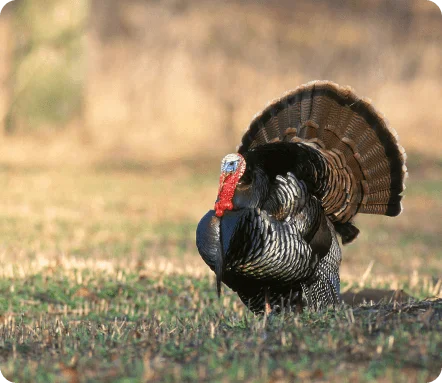
As Thanksgiving approaches it is appropriate to take a close look at the Wild Turkey. Not only do we eat it, actually its domesticated cousin, but turkeys are subjected to much ridicule. Why is this?
Wild Turkey, Meleagris gallopavo, is part of the group of upland ground birds. This group includes the beautiful and highly regarded Ring Necked Pheasant.(at least by us bird watchers, others also shoot and eat this bird) Although usually pictured puffed out in full mating plumage, they usally look like the pair shown above. The male is 4 feet tall and the female 3 feet. They have a skinny neck that is not proportional to their large body. They have a bald head and neck which the male tries to improve on by adding some blue and red color to the usually drab gray during mating rituals. It may be the constant gobbling during the courtship ritual that makes them appear so silly. But, the biggest problem with their appearance is, I think, the wattle. This red appendage attached to the neck wobbles back and forth and generally looks ridiculous.
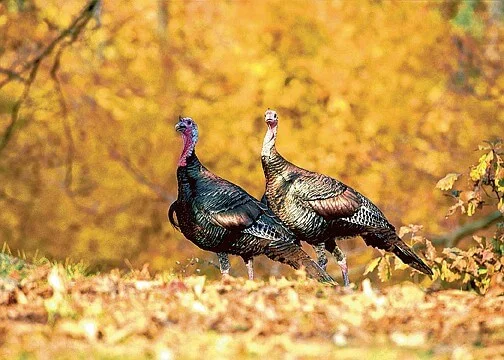
The romance of sleeping on a 100-year-old sailing ship in the frigid Reykjavík harbor sounds like a decent-enough idea. It wasn’t. It was awful: cramped, smelly, and a bit cruddy-feeling. I’m a New Englander through and through, so communal spaces make me uncomfortable. I need my privacy. This is most apparent when I’m forced to share a bathroom with a bunch of other humans I don’t know. And on one fateful morning, those humans ran a train in the bathroom situated next to my cabin, and the smell woke me from a deep, drunken sleep — the perfect complement to my throbbing cranium. I don’t suggest it.
Somehow the male, or tom turkey, does manage to attrack a harem of females with its gobbling and waddling. Wild turkeys are extremely wary (I wonder why!) and are not found in the Pacific Northwest. They have been introduced to Eastern Washington by the Fish and Wildlife Service. They were also in sighted in Southern Oregon. The adults live inflocks in oak and pine forests near grasslands, in which the young turkeys forge for insects. They do not migrate but do move into more dense forests in the fall for increased warmth and more abundant food. Wild turkeys, unlike domestic turkeys, can fly a bit and roost in trees at night.
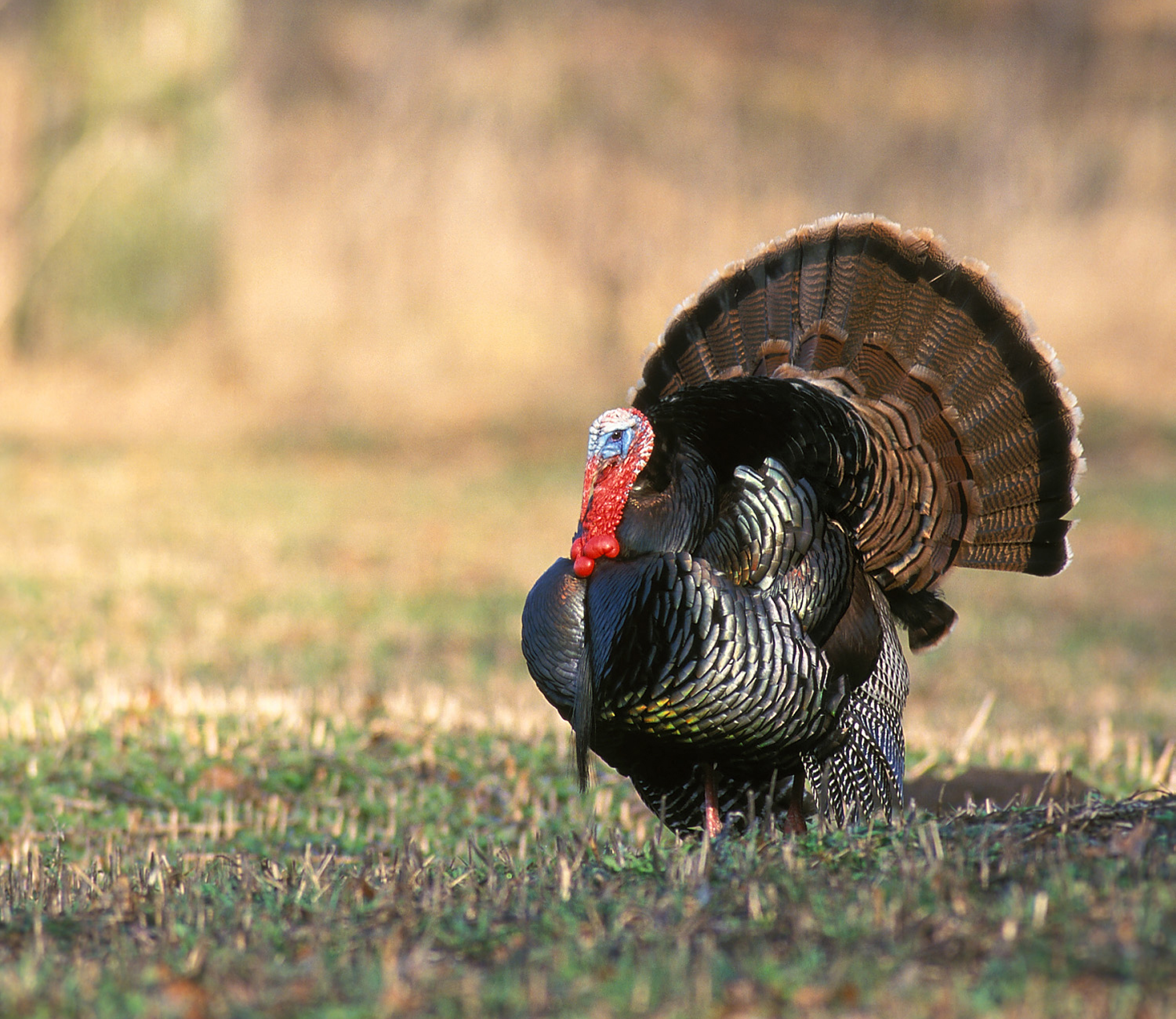
We may not take turkeys seriously but the Wild Turkeys are the only bird to gain world-wide importance through domestication. Ben Franklin wanted them to become the national bird instead of the not really bald, bald eagle. And they do have a liquor named after them that is actually quite tasty.Whatever the reason, turkeys are the butt of many jokes such as, ‘Don’t let the turkeys get you down’ and It’s hard to soar with eagles when you work with turkeys.’ My sister-in-law and I began a tradition many, many years ago of calling each other turkeys that evolved into sending each other really inappropriate turkey decorations each year at this time. I guess we are in style because I heard Martha Stewart say this morning that she has quite an extensive collection of turkeys too. (She lives on Turkey Hill Lane!) This year she is gold leafing many of her turkeys. I may consider that as well.
Anyway keep those turkey sightings and turkey phrases coming. And remember that most importantly, turkeys are deeelicious! Enjoy yours.

